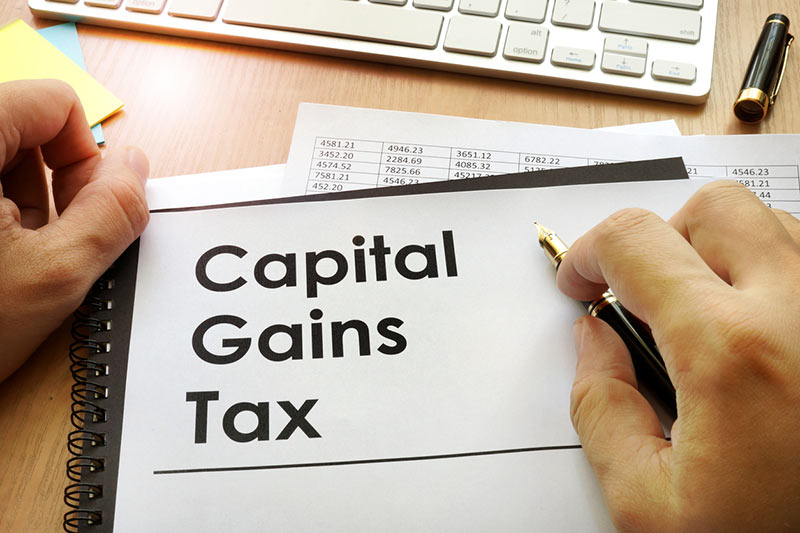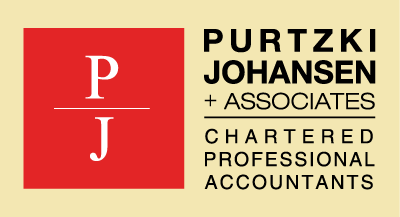
This is part one of our three-part series on planning for the increased capital gains tax.
On June 25, 2024, the federal government proposes to increase the capital gains inclusion rate. Currently, capital gains are only half taxable which means you only include 50% of the gain in your income. The budget proposes to increase the inclusion rate to two thirds and as a result after June 25, 2024, you may have to include 66.67% of any capital gains realized in your taxable income. Effectively, for corporations the tax rate is increasing from 25.34% to 33.78%. For individuals, the rate increases from 26.75% to 35.67% for any capital gains in excess of $250,000. For individuals, gains realized annually under $250,000 will continue to be taxed at 26.75%.
The focus of our comments will be from a dental corporation or holding company perspective, and not a personal capacity.
Pay now or Pay later?
How the change will affect you and how you should plan for that increase in tax can be generalized into two categories:
- Those who do not necessarily need to access surplus funds in their corporation at this time. The TFSA is full, the mortgage is paid off and the main objective is to continue to save for retirement and minimize tax consequences in the foreseeable future, or alternatively have retired and are slowly drawing down on the corporate savings.
Or…
- Those that need access to corporate funds in order to fill up the TFSA, pay down the mortgage, or plan for an acquisition of a new home or family recreational property.
If you fall into the first category, the decision largely rests on whether you should pay the tax now on any accrued capital gains at the 25% tax rate or defer that tax payment to the future in which case it will be approximately 34%.
As an illustration, if you hold portfolio investments inside of your dental corporation or holding company with $200,000 of accrued capital gains, the tax liability on those gains at the current tax rate is approximately $50,000. After June 25th that tax liability will become approximately $67,000, an increase of 32%. If you would like to take advantage of the $17,000 of tax savings and trigger the gains now, you will need to pay the $50,000 of tax in your next corporate tax filing. However, you now have $50,000 less to invest. If you had not triggered these gains, and kept the $50,000 invested, how long would it take for the $50,000 to grow to be $67,000, enough to fund the increased tax liability? That depends on the rate of return you are earning in your investments, and the type of income you are earning. As an example, if you conservatively set aside $50,000 in a GIC earning 5% to help fund that future tax liability, or you set aside $50,000 in equities earning 10%, the two extremes are significantly different and can be illustrated as follows:
- Interest income compounded annually at a 5% rate of return – approximately 11 ½ years
- Unrealized capital gains continuing to accrue at a 10% return – approximately 2 ½ years
The $50,000 invested in the GIC will not grow to $67,000 after-tax to fund the tax liability for approximately 11 ½ years! However, the unrealized capital gains will get there in only 2 ½ years. Perhaps the math isn’t that simple because your savings are invested in a diversified portfolio, and no one can predict future rates of returns, but the illustrations above highlight the complexity in the decision of whether or not to trigger the capital gains now or at a later date.
In summary, if you are planning on holding investments for the long term, it is likely better not to pay the tax now. If you are going to realize those gains within the next five years, it may be better to pay the tax now.
Beware of the passive income grind
If you’ve come to the conclusion that you want to pay the tax now because you need to access those funds within the next five years, you also have to worry about the passive income grind.
Depending on the amount you have invested in your corporation, and your corporate structure, you may be enjoying the 11% small business tax rate on your first $500,000 of net dental income. Any dental income in excess of the $500,000 small business tax rate is taxed at the general rate of 27%. If your dental corporation, or your holding company, or any other corporations associated for income tax purposes had in excess of $50,000 of passive income, the following year your small business tax rate is ground down at a rate of $5 for each $1 of investment income in excess of this $50,000 exemption. The grind is illustrated in the table below:

Using the illustration above, let’s assume Nancy is practicing through a dental corporation and earning $400,000 per year after expenses. She saved a healthy investment portfolio inside of her holding company with accrued capital gains of $200,000. In the next few years, she would like to sell those investments and use her savings to acquire her practice real estate. Because those gains are going to be realized in the near future, Nancy comes to the conclusion that she wants to pay the 25% tax now rather than 34% a few years from now.
If Nancy triggers the $200,000 of capital gains, it will result in $100,000 of passive income ($200,000 gain only ½ taxable at the 50% inclusion rate). As a result, Nancy’s small business tax rate is ground down to $250,000, causing her to pay the general 27% tax on $150,000 ($400,000 – $250,000). The amount saved in the corporation in excess of the $250,000 is taxed at the general rate of 27% causing Nancy’s dental corporation to pay an additional $24,000 of corporate tax on her dental income ($150,000 X 16%). Not only does Nancy have to pay $50,000 capital gains tax, but she also has to pay another $24,000 tax on her dental income resulting in an overall increase of $74,000 of tax!
Eligible dividends
Wait, there may be relief! When your corporation pays the general rate of tax, that amount of after-tax income can be distributed to the shareholders as an eligible dividend. In Nancy’s case, the $150,000 that was taxed at the general tax rate, would leave approximately $108,000 after tax of this income in the corporation. This amount can be declared as an eligible dividend to Nancy. Eligible dividends are taxed at a lower tax rate than regular dividends and as a result Nancy would effectively recover the $24,000 of additional tax paid in the form of paying lower personal tax.
If Nancy is drawing $100,000 of additional dividends from her dental corporation annually, no harm done. She’s paid $24,000 of additional corporate tax but enjoyed paying $24,000 less personal tax. However, it is important to analyze your own circumstances. This may not immediately help you if you are not drawing additional funds from your corporation, or if you already have a significant pool of eligible dividends to draw from.
Political & tax policy risk
The other issue is the political and tax policy risk. No one can predict the future. Throughout the 1990s the capital gains inclusion rate was 75% making corporate capital gains tax 37.5%. The February 27, 2000 federal budget decreased the capital gains inclusion rate from 75% to 66.67%. Later in that same year, on October 17, 2000 the capital gains inclusion rate was further reduced from 66.67% to its current 50% inclusion rate. It is doubtful anyone could have predicted there would have been two rate reductions in one year!
Moving forward, it is very difficult to predict what will happen in the future. Is it possible we could see a change in government next year? Is it possible the economy could slip into a recession over the next few years? If the economy slips into a recession and we are under a new government, is it possible the capital gains tax could be reduced back to 25% in the next few years? If that were to happen, you would not want to pay any additional tax at this time. Unfortunately, this is impossible to predict.
This is part one of our three-part series on planning for the increased capital gains tax. If you fall into the second category outlined above, you need to access funds inside your corporation to fill up your TFSA or pay down your mortgage, stay tuned on how to access the tax-free capital dividend account.
More to follow in the next few days….



